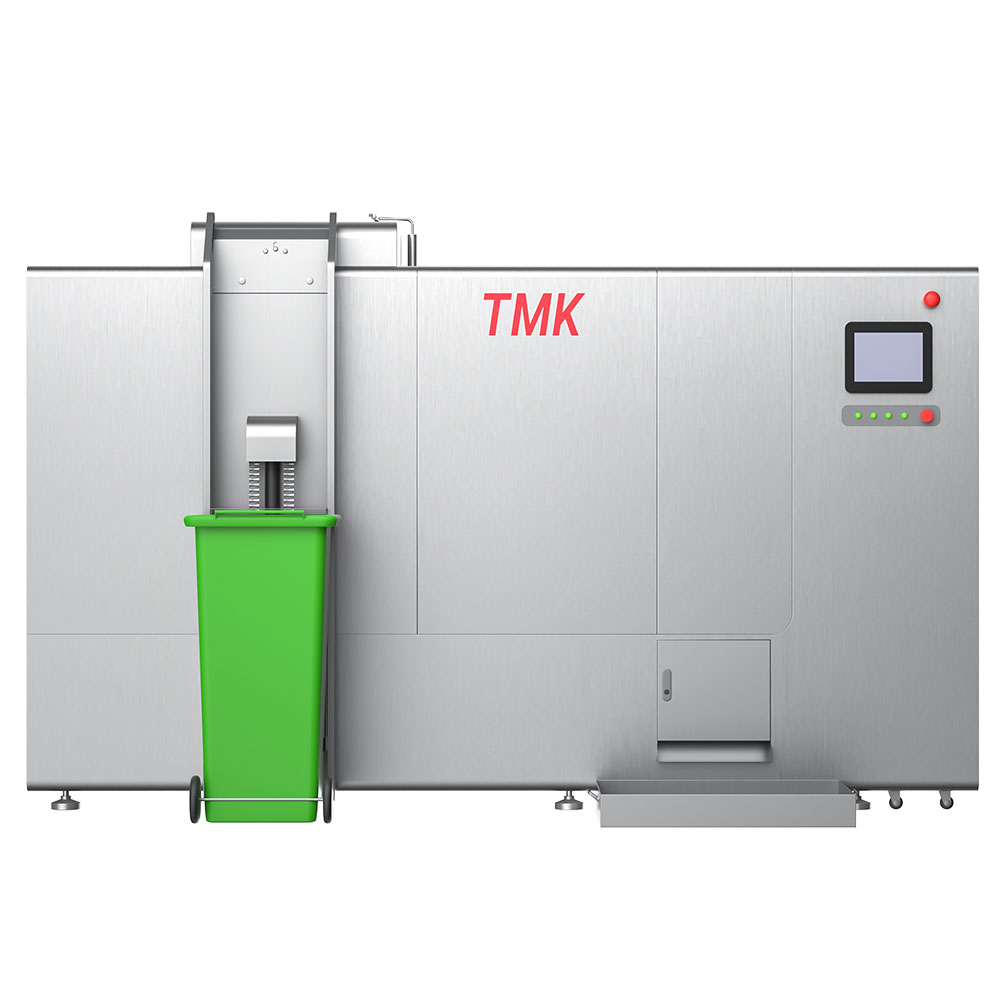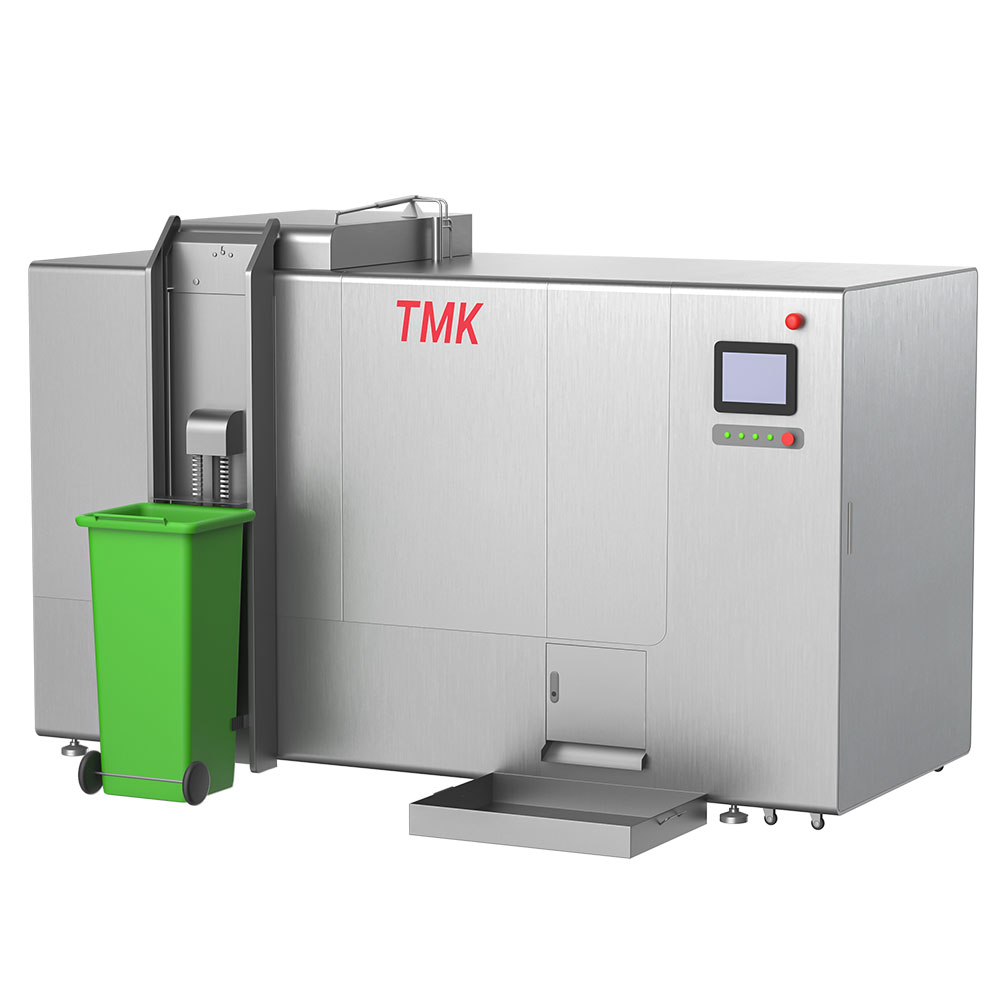The system processes food scraps, meat products, peelings, fish waste, soft bones, and most other left-over foods, as well as compostable cardboard and food packaging, turning everything into nutrient-rich compost in an estimated 24 hours.
If the packaging and cardboard content is high it may be necessary to add moisture, as the microbes need a balanced diet.
The unit is installed at the food waste source, which should eliminate the need for transportation and help reduce the carbon footprint.
The system comprises a main composting unit, where the chamber has internal rotating arms that mix the compost, with airflow being introduced via a ventilation fan.
Micro-organisms are introduced to the chamber, in conjunction with the microbes from the food waste, which are activated and multiply under regulated temperatures of 50˚C or higher, which is said to pose no threat to humans or animals.
For hygiene, the temperature of the tank is raised to 70˚C, for one hour at the end of the composting process, to eliminate all harmful bacteria.
A deodoriser complements the composting machine by absorbing and reducing foul odours, providing an odour-controlled environment.
Additional food waste and compostable material can then be added, and the process repeated; however, unloading of the composter should only occur once every 1-3 weeks.
The resulting compost should be nutrient rich and can be used in various horticulture applications in a 1:10 compost to soil ratio. It can be used in gardens or horticulture applications as fertilizer to grow a variety of crops.


